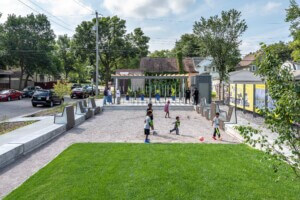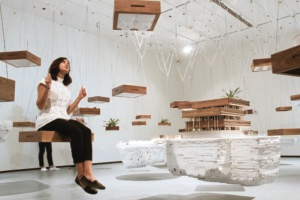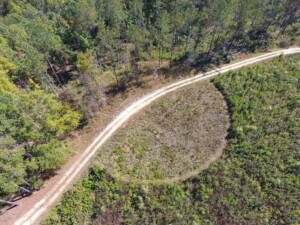The Architectural League of New York’s Emerging Voices award and lecture series highlights individuals and firms with distinct design “voices,” singling out those with the potential to go on to even greater heights.
2018 saw two rounds of judging; first by a panel of past Emerging Voices winners, and a second to pick the winners. The first-round jury included Virginia San Fratello, Sebastian Schmaling, Wonne Ickx, Lola Sheppard, Marcelo Spina, Carlos Jimenez, and Marlon Blackwell, as well as members of the second-round jury, Sunil Bald, Lisa Gray, Stella Betts, Jing Liu, Paul Makovsky, Tom Phifer, Chris Reed, and Billie Tsien.
Selected architects this year ranged in size and scope, but all of the firms presented a clear vision throughout their projects. There was a definite focus on the innovative designs coming out of the south and southwest this year, as three of the eight winners are based in Mexico; only two studios from the East Coast made the cut.
AN profiled all of the firms below in our February print issue. Interested readers can catch the in-person lecture series from this year’s crop of winners at the SVA Theatre on 333 West 23rd Street in Manhattan, on March 1, 8, 15, and 22.
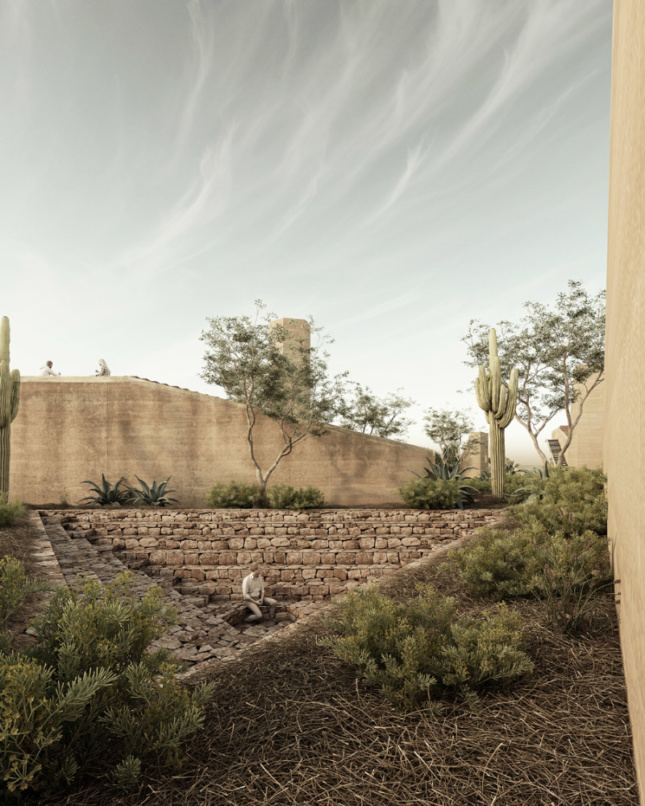
Luis Aldrete’s collaborative practice elevates the quotidian
Luis Aldrete’s Guadalajara, Mexico-based practice, founded in 2007, works across a variety of scales and types, from small public facilities to housing towers.
“We like to work directly with those executing our designs to create what would otherwise be impossible,” architect Luis Aldrete explained, describing the hand-in-glove relationship his elemental practice has with the workers who build his projects. “What we can achieve using mostly our hands is incredible.”

AGENCY uses deep research to push architectural boundaries
Ersela Kripa and Stephen Mueller started AGENCY to consider the margins of the world. “We use our architectural training to uncover the shrinking of individual agency in public space and the reduction of human rights or potential human rights violations,” Kripa said. Working out of El Paso, Texas, the pair deploys words, maps, wearables, and installations to uncover contradictions in liminal spaces like military training sites, refugee camps, and borders—especially the one between the United States and Mexico.

Comunal: Taller de Arquitectura deploys vernacular construction in Mexico’s traditional communities
Since establishing their practice in 2015, Jesica Amescua and Mariana Ordóñez Grajales of Mexico City-based Comunal: Taller de Arquitectura, have continually worked to push the limits of their socially guided architectural practice and the architecture and building that result from it.
Through built projects and academic research, the office also works to stave off the modernizing—and standardizing—effects of market forces and government regulation, which can produce alienating, short-lived structures and can often disincentivize the use of trusted materials like bamboo and thatch.

Brooklyn’s Future Green wants to change the way we think about weeds
For the Brooklyn, New York-based landscape architecture firm Future Green, “spontaneous urban plants” are part of a patchwork ecology that has the potential to transform our cities. Future Green’s work is another part of that ecology.
A picturesque quality pervades Future Green designs, particularly architectural collaborations like the Atlantic Plumbing residences in Washington, D.C., with Morris Adjmi Architects, and 41 Bond Street in New York, with DDG. At Atlantic Plumbing, the 300-foot-long planted window boxes contribute to the building’s postindustrial character, while the plants climbing up from 41 Bond’s facade were inspired by a visit to the quarry that provided the building’s stone. Future Green will sometimes maintain these types of projects for years after their completion to learn how the plants respond and evolve.

In Buffalo, Davidson Rafailidis tackles big challenges with unique sensibility
In Buffalo, Davidson Rafailidis tackles big challenges with unique sensibility”>Spatial planning is king at Davidson Rafailidis. It has to be, because the small husband-and wife-run studio is focused on designing tight projects with equally tight budgets that can be adapted for long-term use. “In the end, the realized projects are very similar to essays,” explained Davidson. “When the project is inhabited and really comes alive, we always try to keep tabs, even on private projects, to see how they’re used and what changes and what needs to be adapted. We see that as ongoing research, to see how people respond to our ongoing spatial interventions.”

For Mexico City-based Fernanda Canales, uncertainty is part of architecture
For Mexico City–based Fernanda Canales, uncertainty is part of architecture”>After studying architecture at prestigious schools in Spain and Mexico, Fernanda Canales quickly discovered that the rigorous techniques she had learned had little relevance in the real world. Since starting her firm, in 2002, she has opted for a more flexible, thoughtful, personal approach.

LA-Más’s vibrant, socially conscious architecture sweeps L.A.
For LA-Más, architecture does nothing if it doesn’t address a need. Guided by co-executive directors Elizabeth Timme and Helen Leung, the nonprofit urban design organization believes that too many young architects have become disconnected from this fundamental aspect of the discipline. By combining expertise in both design and policy, and by forming productive partnerships with other nonprofits, community groups, and local governments, the duo is creating street-level strategies for empowering communities that are often overlooked or threatened by demographic shifts.
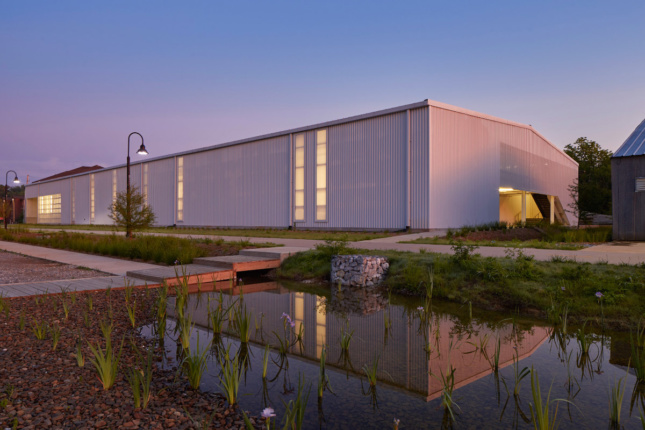
Modus Studio gets ahead by sticking to its Arkansas roots
Modus Studio might have started in 2008 as a two-man operation in cofounder Chris Baribeau’s back office, but the firm’s expansion to 24 people and a full fabrication shop shouldn’t have come as a surprise. The office’s intensive focus on the surrounding Arkansas environment and their hands-on approach have drawn attention both inside and outside of the state.








